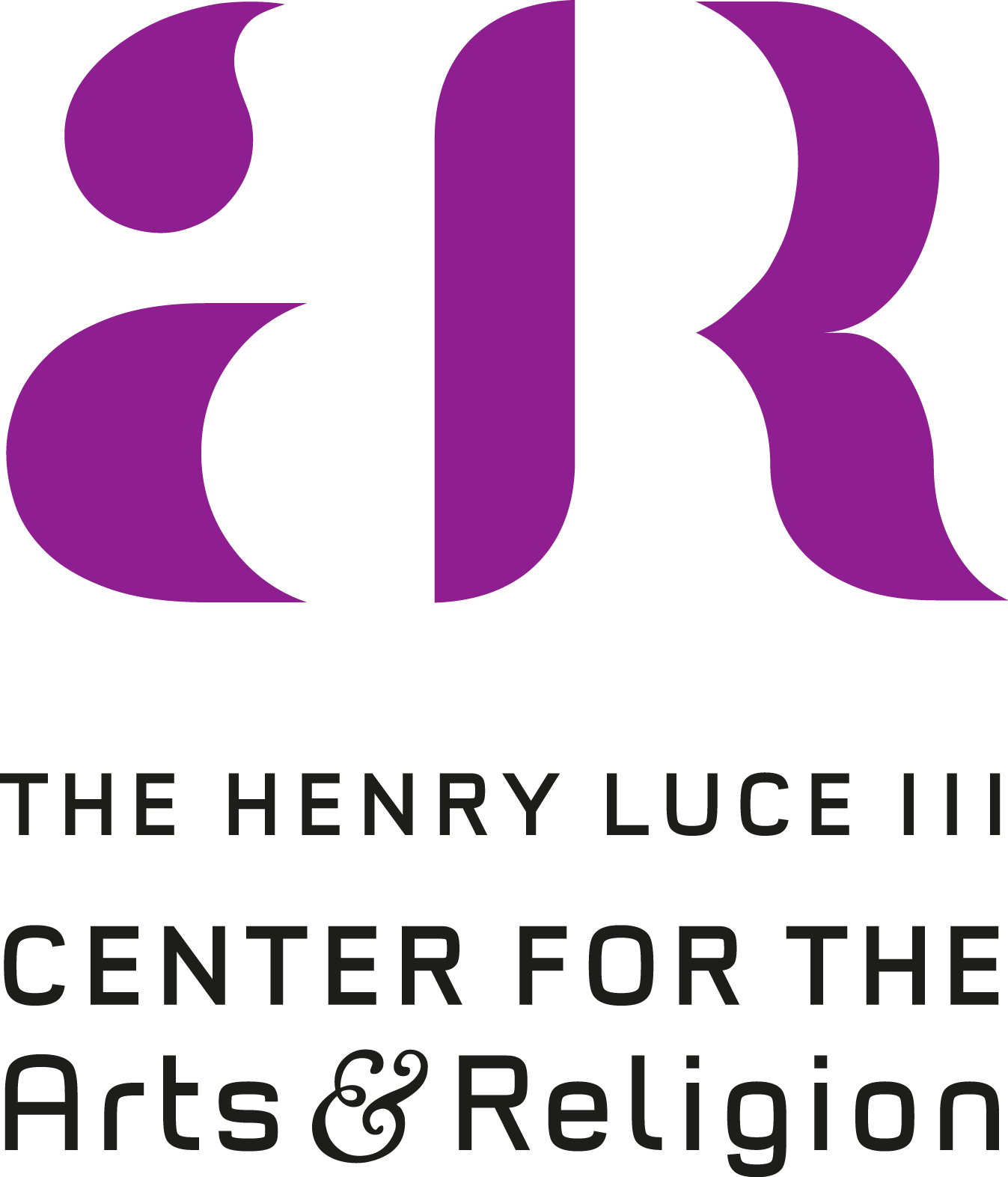Manny Ling
‘In the beginning was the word’ (John 1:1), 2018
11.69 x 16.53”
Chinese ink on paper
Hong-Kong born, Britain-educated artist Manny Ling has spent much of his career reconciling the calligraphic heritages of East and West: the Chinese tradition of calligraphy as individual expression, embodied vitality, and rhythmic line, and the Western tradition of calligraphy as craft, crisp lines, and formal letters. Ling brings this search for harmony to his rendition of the opening line of the Gospel of John: “In the beginning was the Word.” He unifies visual form, artistic process, and textual meaning to provoke a number of insights into both divine and artistic creation.
Behind the English of John’s “the Word” stands the Greek logos, a term with many associations beyond mere grammatical category. Logos here refers to reason, to divine wisdom identified in Judaism with the Torah, to God’s speech and its power to create, as in Genesis: “God said, ‘Let there be light’ and there was light” (Genesis 1:3). Ling takes his cue from a Chinese translation of the verse which renders logos as the Chinese tao (道), as in life’s ‘flow’ or ‘way’, a concept best known from the Tao Te Ching but also resonant with Chinese Zen philosophy. This take on John 1:1 inspired Ling, though by his own description not a traditionally religious man, to treat it in the ‘way’ of Chinese brush lettering.
The words from John shout in capital letters; they move in rhythm and convey the life which Ling seeks to imbue in all his lines. Next to them is a large ink splatter. We see the path of his brush: dipped into an inkwell above the left side of the page, dripping as he moves it into position, and forcefully stamped onto the paper. The vigor of Ling’s movement, the dance of his brush recorded on the page, echoes the power of God’s speech in creation. The sudden force of it evokes a Big Bang, not a gentle molding. We sense the imprint of Ling’s breath, body, and movement—paralleling the Christian idea that one can sense God through her signs in creation. The medievals even termed this ‘reading’ the Book of Nature.
For Ling, the product of writing is just as important as the process, and he calls to mind that process by leaving the piece seemingly unfinished. Either through rapid photography or visual illusion, the ink appears wet. This piece is still drying! Further, that blob of ink may still be dipped into and dragged out to create a line. Indeed, we expect the calligrapher to make a line, especially on this largely blank paper. The formless splotch of writing and the blank page create tension: Will he add more? Is the piece finished? Any artists viewing this work may chuckle at this point: Is any work of art ever ‘done’?
If the Word is at the beginning, then at the beginning of any word, of any stroke making up a word, there is a dot. As German painter Paul Klee quipped, “A line is a dot that went for a walk.“ Ling makes us focus on this dot which is at the beginning. He reminds us that creation is ongoing. Even the blank page is not empty of meaning, but suggests the “formless void” at the start of God’s creation (Genesis 1:2). The ink also alludes to the waters present at creation. Just as the waters exist before they are divided into the shapes of oceans and rivers, so the ink-blob on this page lacks definite shape.
In the Gospel of John, the Word at creation becomes the Word made Flesh. Eternal and temporary, divine and human, become one in a holy paradox. Ling, for his part, creates his own paradox: a work of art which is clearly complete and thought-out, but also appears to be awaiting further work. His work echoes Christian theologians who see God’s creation not as a one-time event, but as an ongoing process of sustaining the world through love.
—Homrighausen
Further Reading:
“Crossing Boundaries: The Calligraphic Art of Manny Ling : Talk and Demonstration” (April 12, 2018)
Ling, Manny. Crossing Boundaries: The Calligraphic Work of Manny Ling. University of Sunderland, 2018. (exhibit catalog)



